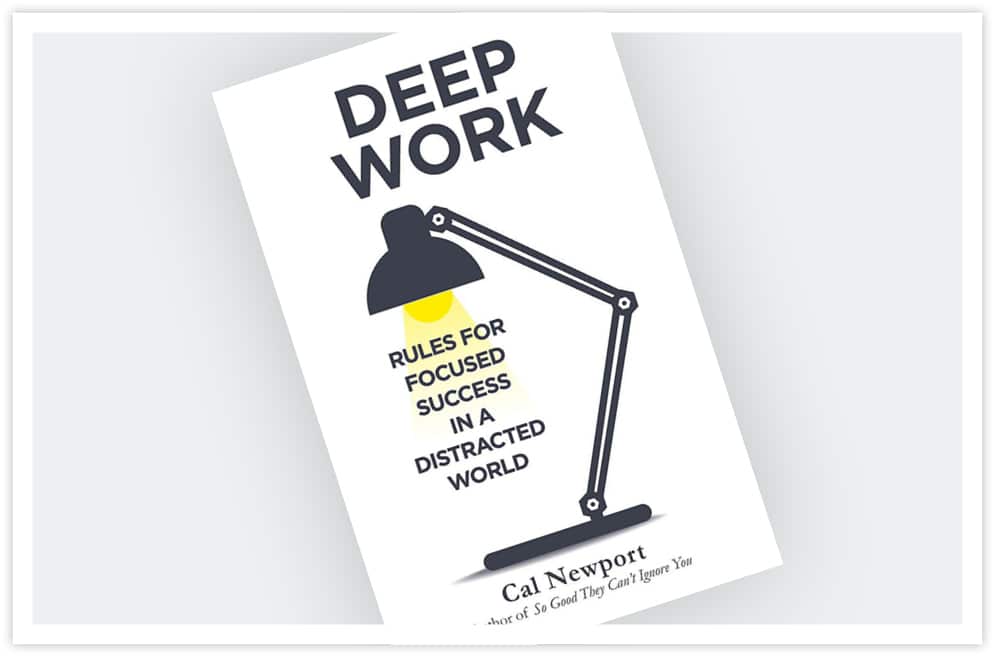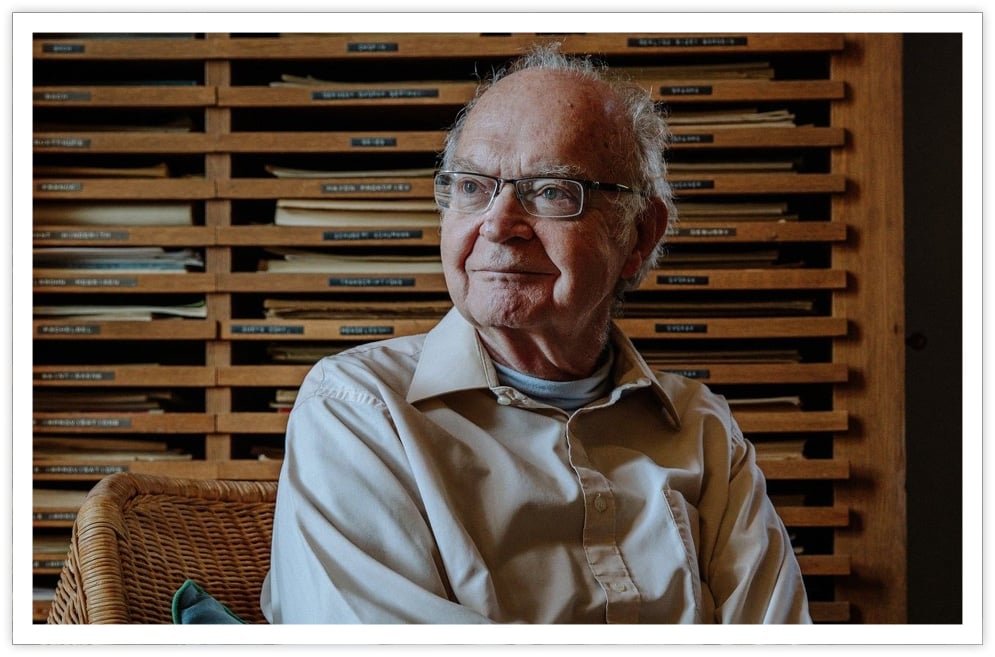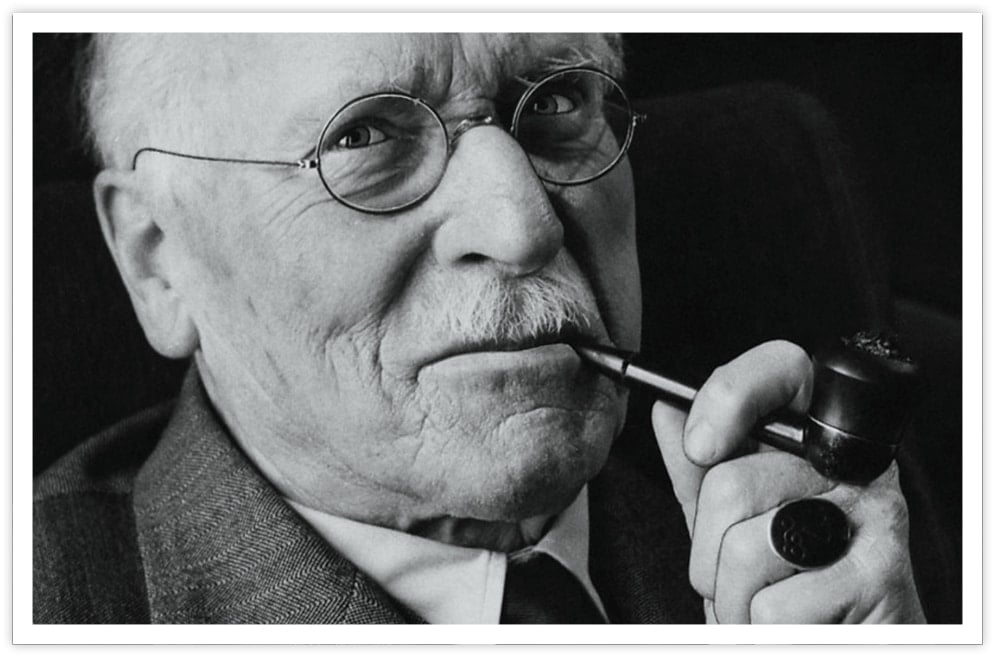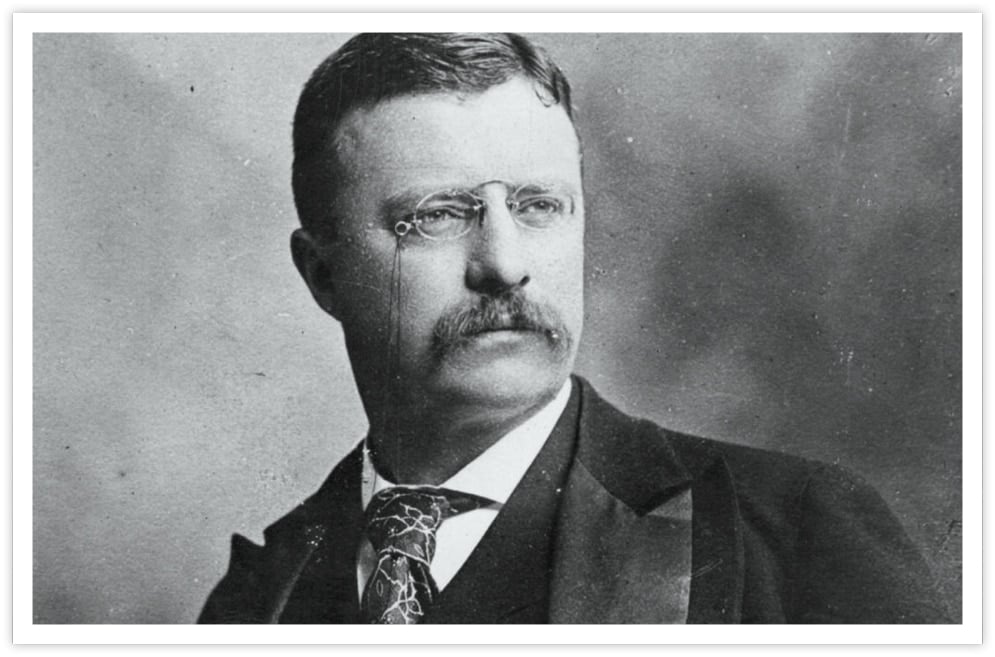Deep work - Valuable, rare and meaningful - A key differentiator - The philosophical argument for depth - Work deeply - Want to email Donald Knuth? - Carl Jung's rustic retreats - Teddy's focus - Embrace boredom - Quit social media - Drain the shallows
So, it’s been a while.
For the regular readers amongst you, you will have noticed the hiatus in blog posts since closing off 2018 on a weekly cadence.
So, so much to update you all on with respect to the Method Grid journey; suffice to say, the first half of 2019 has been a tremendously exciting and ascendant period for the team. If you followed the blog series from its launch (see The journey begins) you will know it was designed to be both a muse on the journey of building a professional service business (my background) and the early stage challenge of a SaaS business build-out (a completely new experience for me!).
With respect to this latter aspect, there is much to update you on and, hopefully, a number of reflective learns I can pass on also. I am not even going to attempt this here – as it warrants a far more considered, fulsome post.
For those of you 100% focused on the systematic growth journey of a professional service firm, normal service to be resumed here also in subsequent posts.
To get back in the blogging groove though (something I have really missed), this essay to take a returning, short side-step off the metaphorical Climbing Mount Audacity trail.
On a similar detour last year, I wrote a short book review on The Checklist Manifesto and many of you commented positively to the tune of “more such recommendations please.”
So, in a similar vein, this blog reviews another thought provoking book that I commend to all business leaders (even the very busy ones!): Deep Work (Cal Newport, Piatkus, 2016).
Deep Work: An Overview

The book is essentially broken into two parts: firstly, an exposition of the central idea that deep work is valuable, rare and meaningful and, secondly, if you accept that hypothesis, some guidance (broken down into four golden rules) as to how you can work deeper in your own professional life.
Let’s start with the central hypothesis.
The reason I am commending this book is because it hugely resonates with my experiences and observations.
At an individual level, an observed key differentiator between force-multiplying, game-changing business leaders and the myriad mass of journeyers is the ability to get stuff done – over above the cacophony of everyday management froth (emails, meetings, minute-by-minute fire fighting etc.).
Of course, it is impossible in modern, corporate life to fully escape the management demands of a 24/7, digitally-enabled communication realm. Perhaps, only artists and authors can live completely isolated from this reality. That is not the point. The axiomatic point, rather, is that it is those that have the discipline to go deep on occasion who meaningfully invest in their futures. They are leaders who truly differentiate themselves from the masses; the ones who create intellectual assets on which future value can be mounted.
In a professional service setting this might include, for example, authoring a novel piece of research, thought leadership, methodology, business strategy, service proposition or developing content and innovative products/tools of specific relevance to your clients.
This stuff is genuinely hard and you will never get to it if you live in a permanent state of transactional busy-fool fleetiness.
Before I continue, I want to linger on Newport’s definition of deep work.

In other words, deep work is as much about your continuous professional development as it is about investing in differentiating, high-value assets.
This point is as axiomatic for companies as it is for the individuals that lead them.
Time and time again, I see a wide variance in corporate behaviour in this regard: invariably as begot from the mindset and behaviours of their leaders. Those that remain in mild transactional chaos (never building for the future), at best, follow meandering fortune; it is only those that systematically step back from the fray to work on the business, to deliberately professional develop their staff, to deliberately build, capture and curate IP (in a solution such as Method Grid), to plan for their future – that tread a far more predictable, ascendant path.
Why is this so?
Deep work differentiates, Newport argues, because of the fundamentals of our new (digital/high-tech) economy. The core abilities (again, at both an individual and corporate level) to succeed in this economy are: (1) the ability to quickly master hard things, and, (2) the ability to produce at an elite level, in terms of both quality and speed.
Why is deep work so rare?
Fundamentally, because it is hard work.
The majority err towards Newport’s:

And,

Perhaps, the most powerful aspect of deep work, however, is that – at a very fundamental, human level – it is meaningful i.e. there is a philosophical argument for such invested depth. As millions of accidental-managers know, there is nothing more soul-sapping that endless days spent navigating meetings and an interminable email inbox. The human spirit flourishes in depth and, to this end, the author closes part one of his book with the apt summary quote:
“I’ll live the focused life, because it’s the best kind there is.”
Winifred Gallagher
If you accept this premise (deep work is valuable, rare and meaningful) and you have it within you, at an individual or corporate level, to rally against the principle of least resistance – then – the next part of the book expands on four facilitating rules:
Rule 1 > Work Deeply
Rule 2 > Embrace Boredom
Rule 3 > Quit Social Media
Rule 4 > Drain the Shallows
Let’s cover each in turn.
Rule 1 > Work Deeply
Once you commit to deep work, you need next to decide on your deep work philosophy: especially so with respect to how you propose to schedule time for deep work. Newport outlines a number of alternative options: monastic, bi-modal, rhythmic and journalistic.
For the vast majority, monastic is not a realistic option!
This philosophy is – as the nomenclature indicates – somewhat extreme. For example, if you visit the computer scientist Donald Knuth’s (Stanford) website page, instead of an email address you will find this note:
I have been a happy man ever since January 1, 1990, when I no longer had an email address. I’d used email since about 1975, and it seems to me that 15 years of email is plenty for one lifetime. Email is a wonderful thing for people whose role in life is to be on top of things. But not for me; my role is to be on the bottom of things. What I do takes long hours of studying and uninterruptible concentration.
Knuth deploys a monastic philosophy to deep work; it is one of the reasons why he is famous for many innovations in computer science.

Image: Donald Knuth
The bi-modal approach starts to enter the realm of the possible.
In this paradigm, individuals (and teams/corporates) deliberately schedule periods of deep work. Famously, for example, the revolutionary psychologist Carl Jung would advance his thinking at regular retreats to a rustic stone house he built in the woods outside the small town of Bollingen. There, he would lock himself away to meditate, walk in the woods and write without interruption. These periods propelled him onto the international stage as a leading thinker of his age.
The rest of Jung’s time, however, was anything but monastic; rather, he ran a busy clinical practice in Zurich seeing patients often late into the night alongside active participation in the city’s coffeehouse culture.

Image: Carl Jung
The rhythmic philosophy to deep work is all about habit forming. If you want to write a book (or get fit) then the optimal approach often involves building a regular habit. For example, every Tuesday your day is locked out for deep work and all distractions removed to allow you to create a chain of such days. Once the chain forms, so does the ingrained practice.
For most entrepreneurs and business leaders, the secret to deep work will lie between these two modes.
For the rare few, a further philosophy is what Newport describes as the journalistic approach. This is a methodical, disciplined approach – hard to pull off – that sees exponents diving into deep work whenever the opportunity arises. Snatching thirty minutes here and there when others might choose to take a break (or the path to least resistance). Journalistic because it is often to be found in individuals who thrive on the deadline and have the capacity to quickly go in and out of such a productive state.
The book goes onto describe a number of disciplines germane to this rule; for example a focus on the wildly important but the meat lies in adopting a deliberate philosophy.
Rule 2 > Embrace Boredom
The ability to concentrate intensely is a skill that must be trained.
Especially so, perhaps, for the i-generation raised on digital devices feeding a constant flow of attention seeking notification. Such online, always-on cerebral switching has been proven to have a lasting negative impact on the brain.
The rule can be summarised by one key phrase the author makes: don’t take breaks from distraction, instead take breaks from focus.
Achieving this at a practical level is the challenge but it all comes down to the disciplined blocking of your time. Most professional service firm leaders need to spend significant time online (internet research, email etc.) – so block these sessions in. Most importantly, however, with the periods blocked out (for deep work) you need to ruthlessly defend them – keeping them absolutely free from internet use. As the habit starts you will hear the nagging, seductive voice of a quick internet click – but you must learn to avoid the seduction – to embrace your current focus.
Maintaining a similar discipline in your home life is as important – not least with the likely corollary of improved home/family life!

Image: Teddy Roosevelt
Teddy Roosevelt, an acclaimed polymath, was a famous proponent of such disciplined timetabling. Of real note, was not the amount of time he spent at his desk studying but the intensity of relatively short such periods. The book extols this format of applied focus.
How might this work in practice?
Identify a potential deep task on your high priority/value list then estimate how long you would normally put aside for an obligation of this type. Now, impose upon yourself a hard deadline that drastically reduces this time. Even better, publicly commit yourself to this date.
Intensity will follow.
Rule 3 > Quit Social Media
Whilst thirty plus pages of the book expand on this rule, the title really needs little expansion. We all know the time-soak inherent in idle web surfing and/or maintenance of our various social media accounts. Newport’s implore is to really challenge the cost:benefit equation of such time spent (even accepting some manifest social benefit).
In the first nervous cold-turkey moments just stop using (or drastically reduce your activity on) such accounts. Even if just as a one-off trial. Say, for thirty days.
On completion, ask yourself: (1) would the last thirty days have been noticeably better had I been able to use the service?, and, (2) did friends/clients care that I wasn’t using the service?
If your answer to both is “no” then the rational next step is to quit permanently.
Rule 4 > Drain the Shallows
Newport defines shallow work as follows:

We are notoriously poor at estimating our own time usage.
In 2013, the British TV Licensing Authority surveyed people on their TV watching habits. The average 25-to-35 year old estimated their weekly consumption at 15-to-16 hours/week. With meters placed in a representative set of households capturing actual results, the gross underestimate could be revealed. The reality is that the average 25-to-35 year old TV consumption is closer to 28 hours/week.
In a similar way, few of us have an accurate handle on how much time we surrender to shallow work. Parkinson’s law dictates that: work expands to fill the time available for its completion. More accurately, this famous dictum could say: shallow work fills the time available.
In this section of the book, the author encourages greater scrutiny of the daily agenda – looking out for such shallow work creep. Further, he provides a number of tips especially so with respect to handling email traffic; for example, deliberately becoming harder to reach and becoming more comfortable with the non response.
Perhaps no magic bullets here; rather a series of challenges that could force you to tighten up some everyday practices – freeing up some more time for deep work – to drain the shallows.
Conclusion
Some closing thoughts.
The capacity and capability for deep work lies at the nub of success, of future value-building investment, for both individuals and companies.
By example, Method Grid is not for all companies. It doesn’t build methodology and structured intellectual property for you. Rather, it is that subset of well-led companies, who have decided to invest in such work (designing, curating, structuring and continuously-improving their repeatable best practices = work!). For these companies, as many testimonials attest, Method Grid is a powerful enabler.
For such companies, deep work coupled with tech-enablement equals future value.
At the heart of all such ascendant companies, are individual leaders who apply the same principles and disciplines to their own professional lives and journeys.
If you are such an ever-improving, growth-mindset leader, I encourage you to explore Cal Newport’s deep work and ask yourself how you can get more of it into your schedule.
So, what’s next?
Next up, I aim to conclude the short mini-series on how leading professional service firms build out a knowledge management capability (see start here).
Hopefully, you’ll join us on this journey. It’s totally free, and you don’t have to be a Method Grid customer (though you’re more than welcome to sign up – it’s also free!).
We’ll be releasing a new post each week. To get each post emailed to you as soon as it’s published, sign up for the Climbing Mount Audacity mailing list below.
Climbing Mount Audacity…
From Startup to Scaleup!
We're sharing everything we know about how to build an awesome professional service firm (and enjoy the journey en route!) PLUS travel updates, reflections on our stumbles and general musings on our Method Grid journey.
Signup below to get the latest articles
direct to your inbox.
See you next week. Have something you want to hear more about? Let me know in the comments below or via Twitter.

 Project and Program Management
Project and Program Management  Project Governance Framework
Project Governance Framework  Benefits Management Framework
Benefits Management Framework 






